Twenty-five years ago I took our daughter, Sonya, on a trip in our old Chevy campervan to Crater Lake, in Southern Oregon. We were there in the late spring and the place was still pretty much buried in snow; hardly anybody was around. I remember the lake and surrounding country were startlingly beautiful – bright sun, dense forest, snowy mountains, deep blue sky and lake – the feeling was like being enveloped in swirls of intense color.
The whole trip was a great delight, all the more so because the company was perfect.
A few weeks ago I decided I’d like to see that part of the country again and having a few days in hand, and a motorcycle that was begging for an outing…. well, the whole thing seemed like a natural to me. My motorcycle is an 1100 cc Yamaha V-Star cruiser, pearl-grey and chrome. It is a lovely machine, pretty low-tech, powerful enough for the mountains, and as comfortable as my La-Z-Boy at home – and a lot more interesting. In terms of highway travel, to me nothing compares with the sheer joy of carving through beautiful country on a fine day on a motorcycle. It’s the very definition of freedom and excitement; it feels like low-altitude flying, and it makes me sing.
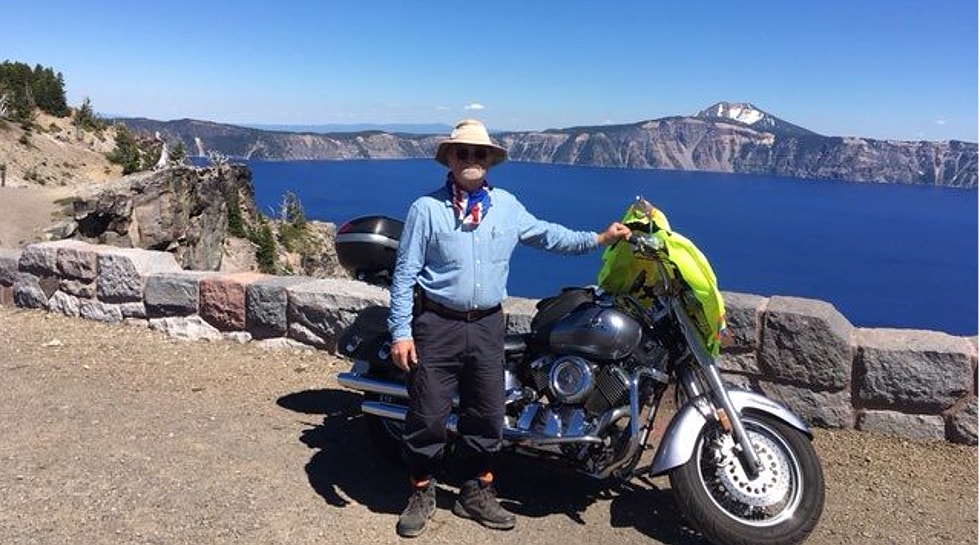
Many people have an aversion to motorcycles, usually on the basis of their perceived danger. I surveyed the statistics relating to motorcycle safety, or lack thereof. The conclusions are pretty ambiguous – ranginging from “motorcycling is Russian roulette”, to “motorcycling is safer than driving a car.” Much of the reassuring talk from the motorcycle industry reminds me of tobacco industry bigwigs denying the perils of smoking – basically, self-serving hogwash.
Obviously, the chance of being killed or injured on a motorcycle are higher than in a vehicle with sides, a roof, four wheels, seat belts, air bags, blind-spot monitoring, crumple zones and so on. In truth, the very risk is a big part of the attraction in motorcycling. The most useful advice I ever got on motorcycling is something of a paradox — first, no one sees you. Secondly, everybody’s trying to hit you. I keep these cautions in sharp focus whenever I’m riding and, I believe, they have kept me from an early grave through my 52- year motorcycling career.
In any case, on July 10th I boarded the venerable ferry M.V. Coho, of the Black Ball Line, in Victoria, B.C., and crossed the blustery Strait of Juan de Fuca to Port Angeles, Washington. The Coho was built by the Puget Sound Bridge and Drydock Company; her maiden voyage was in December, 1959. She’s really old-school, but still a trim and competent vessel and great fun to be aboard. To prevent upsets, motorcyclists are instructed to lash their machines to the hull with the ragged ropes provided. The system, primitive though it is, works well.
The most interesting thing in the life of this ship was in December 1999, when an Al-Qaeda operative named Ahmed Ressam was arrested by border authorities in Port Angeles. He disembarked in the dark, the last vehicle off the ship. An alert officer, Diana Dean, thought Ressam behaved “hinky” and soon discovered that he had concealed bomb paraphernalia in the spare-tire well of his rented green Chrysler. He was heading to Los Angeles International Airport, intending to blow it up on the eve of the Millennium. Ressam has been dubbed “TheMillennium Bomber”, and I’m happy to report he’ll be cooling his heels for many more years at the Supermax Penitentiary in Florence, Colorado (“The Alcatraz of the Rockies”) — the same place, fittingly enough, that Richard Reid, “The Shoebomber” , resides. One can imagine their conversations.
That day’s ride went smoothly. My itinerary was partly made with a view to containing my accommodation costs. My regular readers will know I’m a BIG Motel 6 fan. It’s not that I object to nice accommodation at all, but summer rates generally run $200 a night – which currently equals $260 Canadian, plus tax… well, you just have to draw the line somewhere. I draw it neatly around Motel 6.
Accordingly, I spent my first night at the M6 in Astoria Oregon, on the south bank of the mighty Columbia River….perfectly fine for an egalitarian fellow like me. It’s along the street from the insanely-named Atomic Motel, with its marquee proclaiming, “We’re fun.”
Fat chance, I say – more likely they’re radioactive. My guess is they don’t get much Japanese trade.
Astoria is a small port city with a number of interesting aspects. It was founded in 1811 by New York magnate John Jacob Astor, of Waldorf-Astoria Hotel fame, who proceeded to set up the American Fur Company there. The most impressive feature in the area to my mind is the Astoria-Megler Bridge (1966) across the Columbia; it’s over 4 miles long, making it the longest continuous truss bridge in North America. It’s great fun to ride over. As you cross it on a flood tide, you sense the collision of equal and opposing forces – the irresistible river battling the irrepressible incoming ocean. This produces enormous standing waves; the whole place makes your hair stand on end.
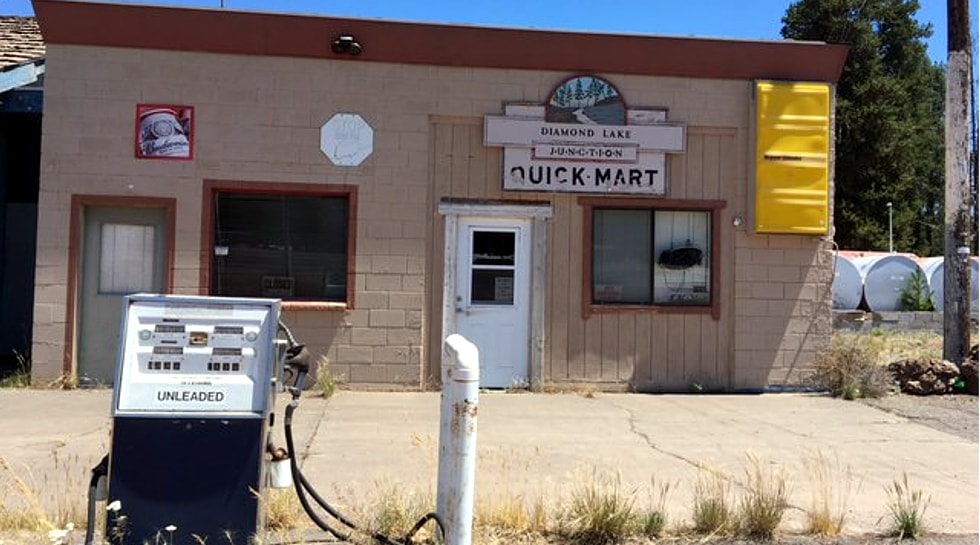
At the mouth of the river is an area known as the Columbia Bar. Ocean conditions are some of the roughest in the world there; since 1792 about 2,000 large ships have been sunk there, earning it the name The Graveyard of the Pacific.The National Lifeboat School is located at nearby U.S. Coast Guard Station Cape Disappointment. You get the idea that in these parts there’s been plenty of disappointment to go around.
That day I rode south along the coast, which is as beautiful as can be imagined. However, it was as crowded with snail-like vacation rigs and disrupted by many construction zones with hundreds of odious orange barrels, so, at Lincoln City I veered eastward, to Salem, Bend and Redmond. The M6 in Redmond, incidentally, is the best I’ve ever seen – and at $74 a night…well, I was in fine shape. So far, so good.
The following day I made a beeline to Crater Lake National Park, 120 miles south. When I reached the area of Chumult, I noticed a strangeness in the air.
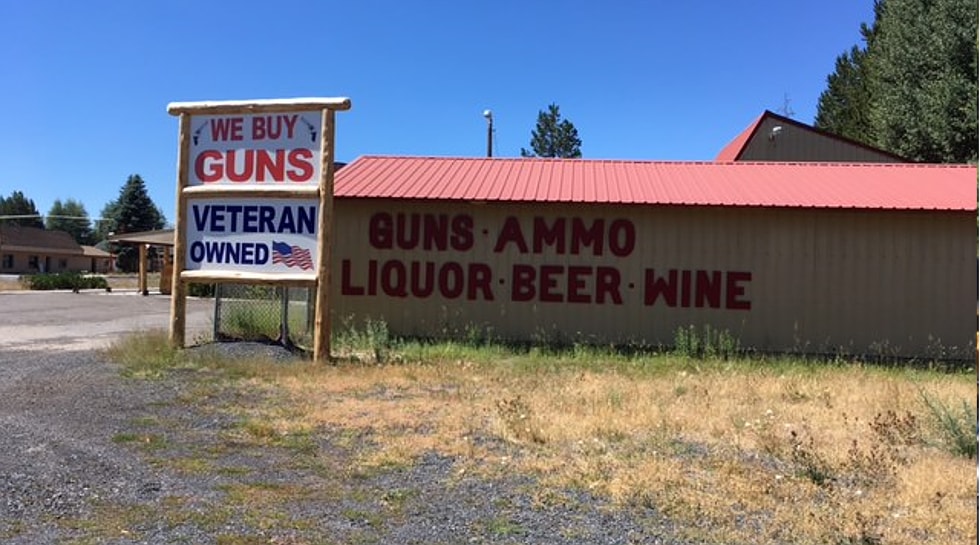
The first clue was an unreasonable number of American flags festooning the roadside – dozens of them, wherever I looked. The local businesses looked malnourished – all except those specializing in guns, ammo and liquor, which looked fat and sleek.
The area seemed hostile and defiant – hard right-wing country, to be sure. The strangeness intensified at Diamond Lake Junction; this is a real Twilight Zone kind of place. A local businesswoman I tried to engage in a discussion of current affairs said, “I can’t say nothin’.” She had fear in her eyes.
Twenty miles to the west of Diamond Lake Junction, and after a climb to 8000′, I arrived at Crater Lake. It really is splendid, more dazzling than I’d remembered. The park website is indispensable. I spent 3 hours there snooping around … taking it all in… breathing deeply….then a quick run back to Redmond.
Next day, it was time to head for home. The trip back went smoothly. I find when I’m homeward bound, I don’t pay close attention to my environment; I just lower my head and go. All was well until I was nearing the town of Forks, on the west side of the Olympic Peninsula. I was hurrying to catch the ferry and was very neatly nabbed in a speed trap. I was caught fair and square, all right; the officer was a paragon of courtesy in a huge hat with a flat brim, a “Campaign Hat”. He fined me appropriately. I can’t really complain….it was a terrific trip.
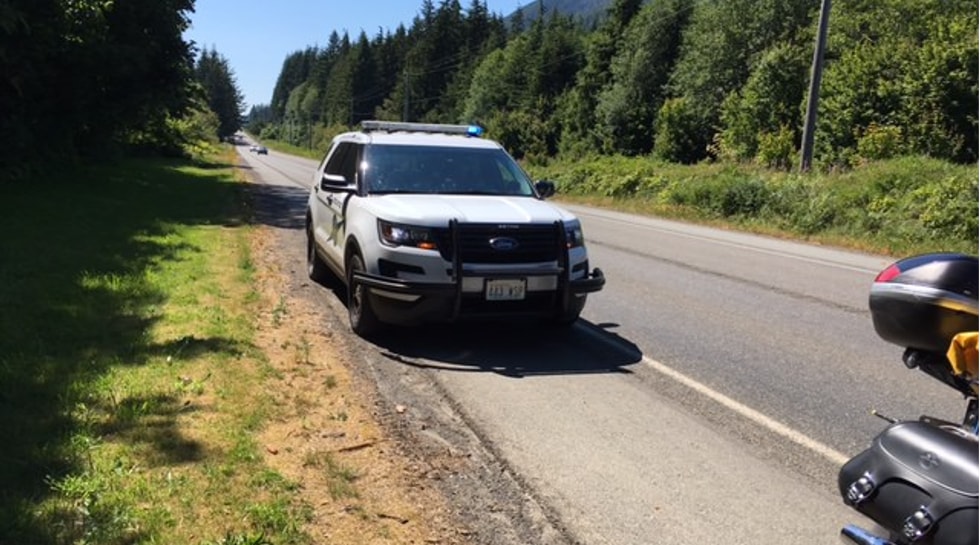
And when I told my Mum (age 96) about the speeding ticket, she smiled wistfully and said, “Why, isn’t that marvellous?” Quite a sport, herself, my old Mum.

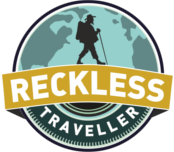
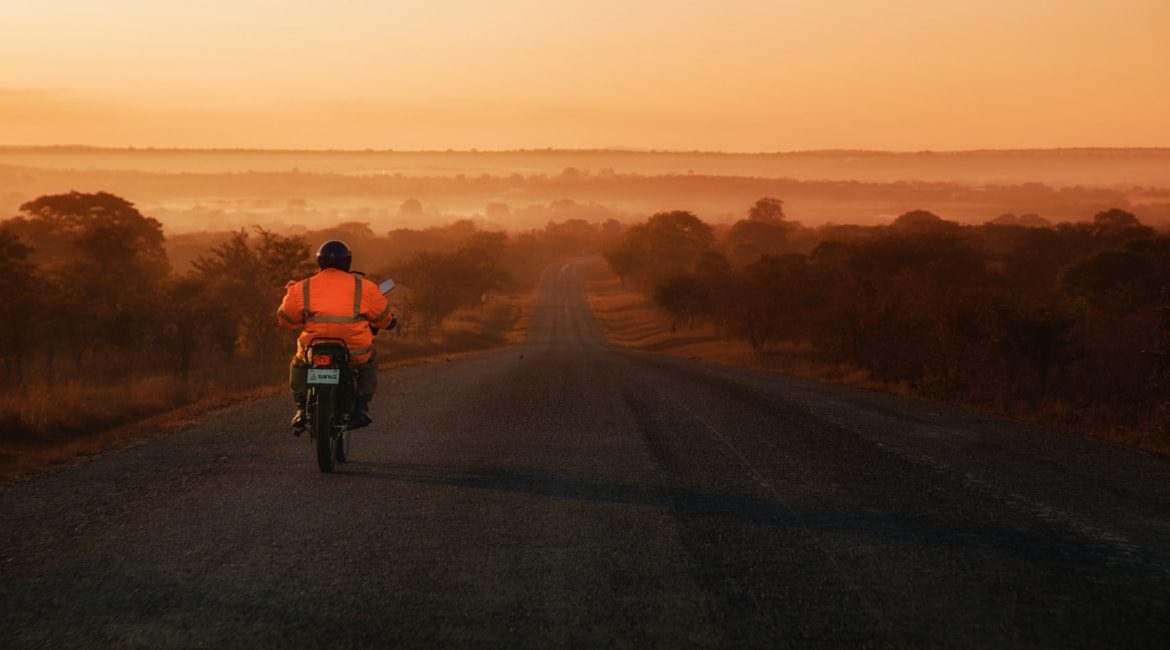
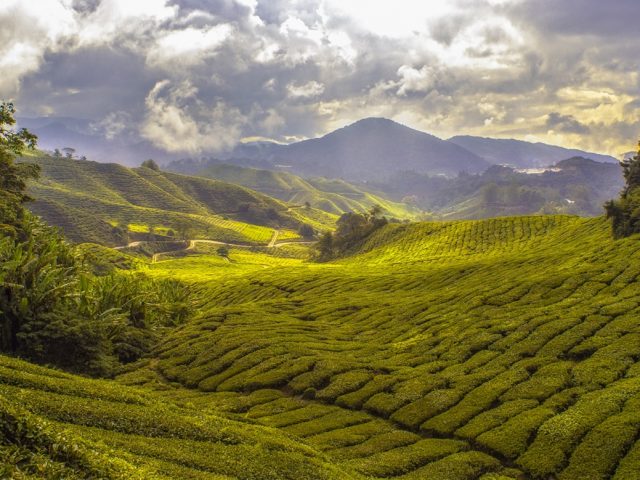

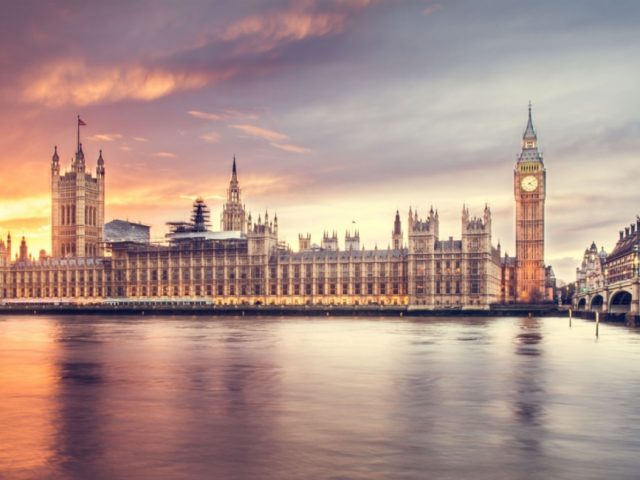
Facebook Comments